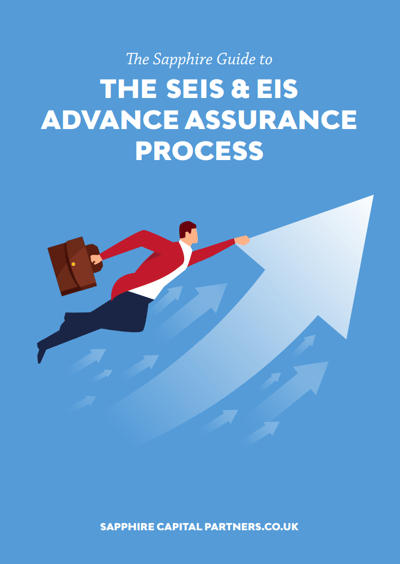Not likely...
There two parts to the risk to capital condition:
- 1. Growth and development, and
- 2. Significant risk to investors.
For more information on this condition, consider reading EIS: The why and the what of the risk to capital condition.
Before resubmitting your application, consider adding a section addressing both parts of the risk to capital condition. We also recommend reviewing the entire application for anything that could be risk-reducing such as joint ventures, partnerships, etc.
This condition is very interpretation and has lead to many previous successful applications no longer qualifying. Most applications tend to already demonstrate that the company intends to use the money they raise for scaling up their business, but many businesses may no longer qualify due to being low-risk investments.
If the company resubmits the application without addressing this condition, prepare to receive many questions from HMRC on how the company meets the condition. We recommend addressing the issue, as any questions HMRC has will delay the process of receiving your advance assurance, assuming you meet the risk to capital condition.

